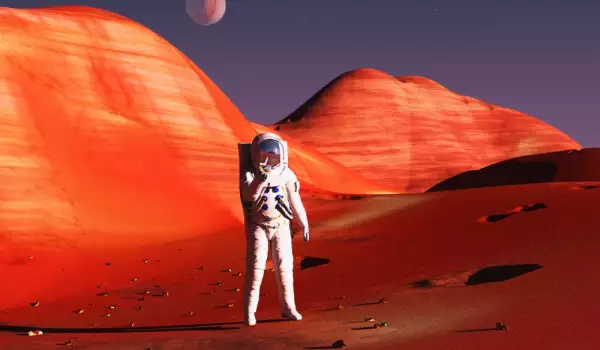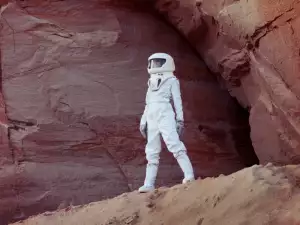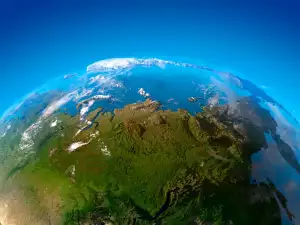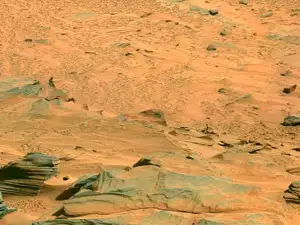In the blockbuster movie The Martian, astronaut Mark Watney must survive alone on Mars, after he's stranded there in the midst of a desolate landscape in the northern hemisphere of the planet.
Even though science fiction, the movie gets as close as it can get to reality and the very real plans underway during the past decade regarding man's first visitation to the Red Planet.
Most experts from NASA suggest that the 1st human foot should step on the icy region of Deuteronilus Mensae, located not far from the plane where the plot of The Martian movie takes place.
The region is a labyrinth of canyons and valleys, with traces of buried glacial ice found recently. Scientists say that the location is key to answering some important questions about the planet and its history.
Last week, the possibility for the 1st human mission to Mars to land in the Deuteronilus Mensae region was discussed at the highest level conference in Houston, Texas.
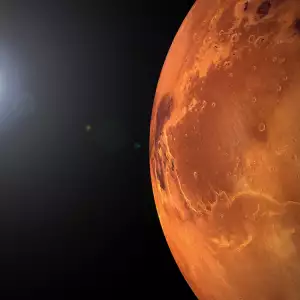
45 other possible landing sites of the first-ever manned missions to the Red Planet were examined at the event. The majority of these were around its equator but were ultimately turned down for one reason or another.
According to Dr. Jim Head, Professor of Geological Sciences from Brown University, who has spent years researching the Deuteronilus Mensae region, the ice buried under the soil there can provide an important water resource for human explorers in the future.
"It would be truly fantastic - for astronauts not to have to bring huge amounts of water from Earth, " says the scientist. "The actual process for obtaining water will require clearing out the rocky debris littering the area. These in turn could be used to built a shelter against the potentially strong radiation on the surface of Mars, " adds Head.
The debris littering the area may also provide some important scientific answers about Mars, since they are most likely parts of the oldest pieces from the planet's core.
Scientists estimate they are more than 4 billion years old and have risen to the planet's surface due to the movement of the ancient glaciers. Scientists hope to use them to piece together the planet's history.
